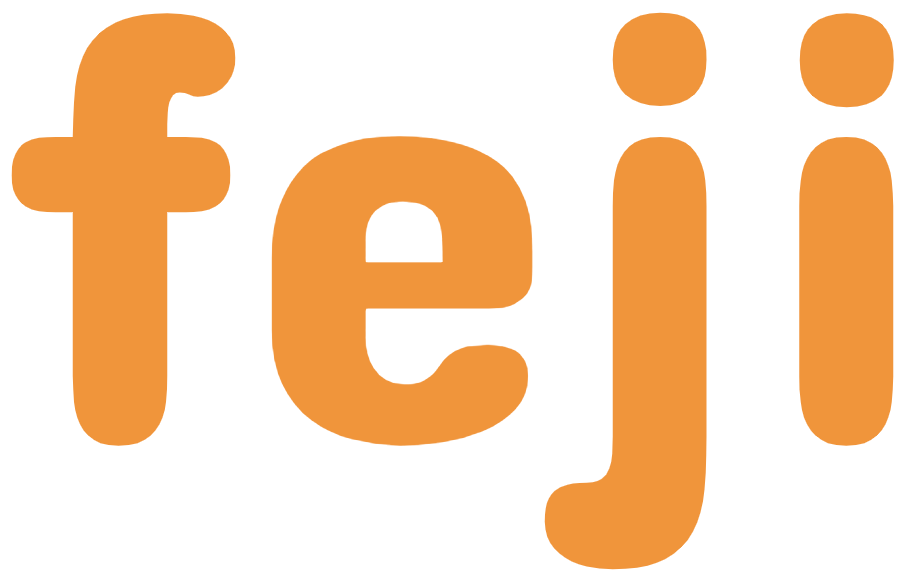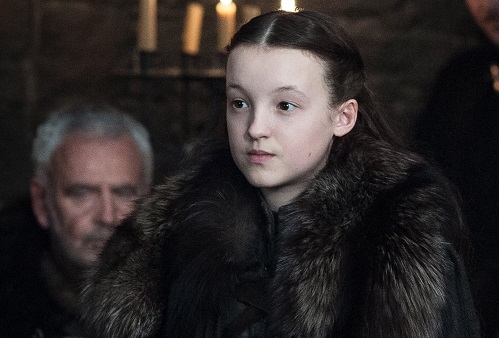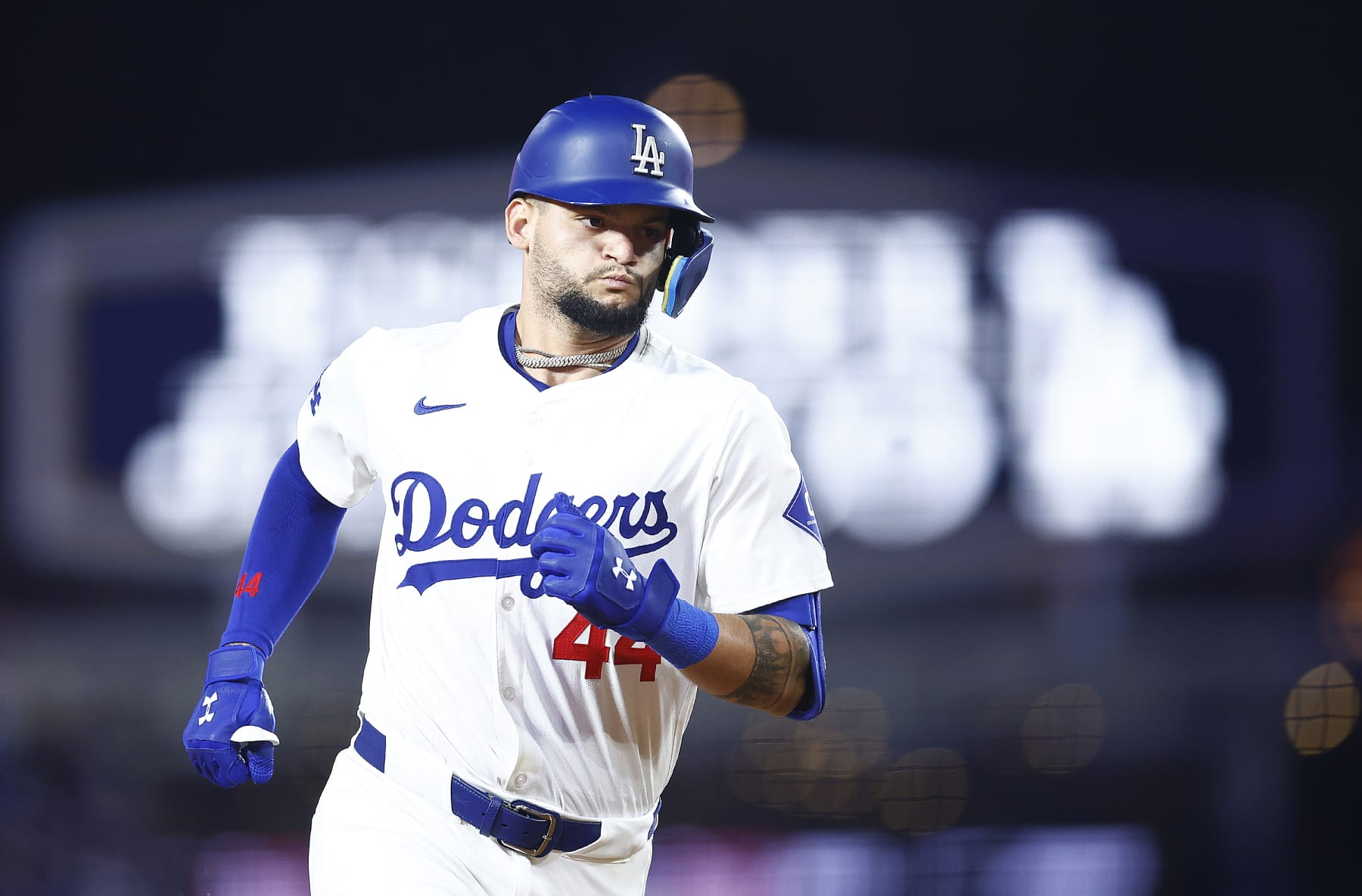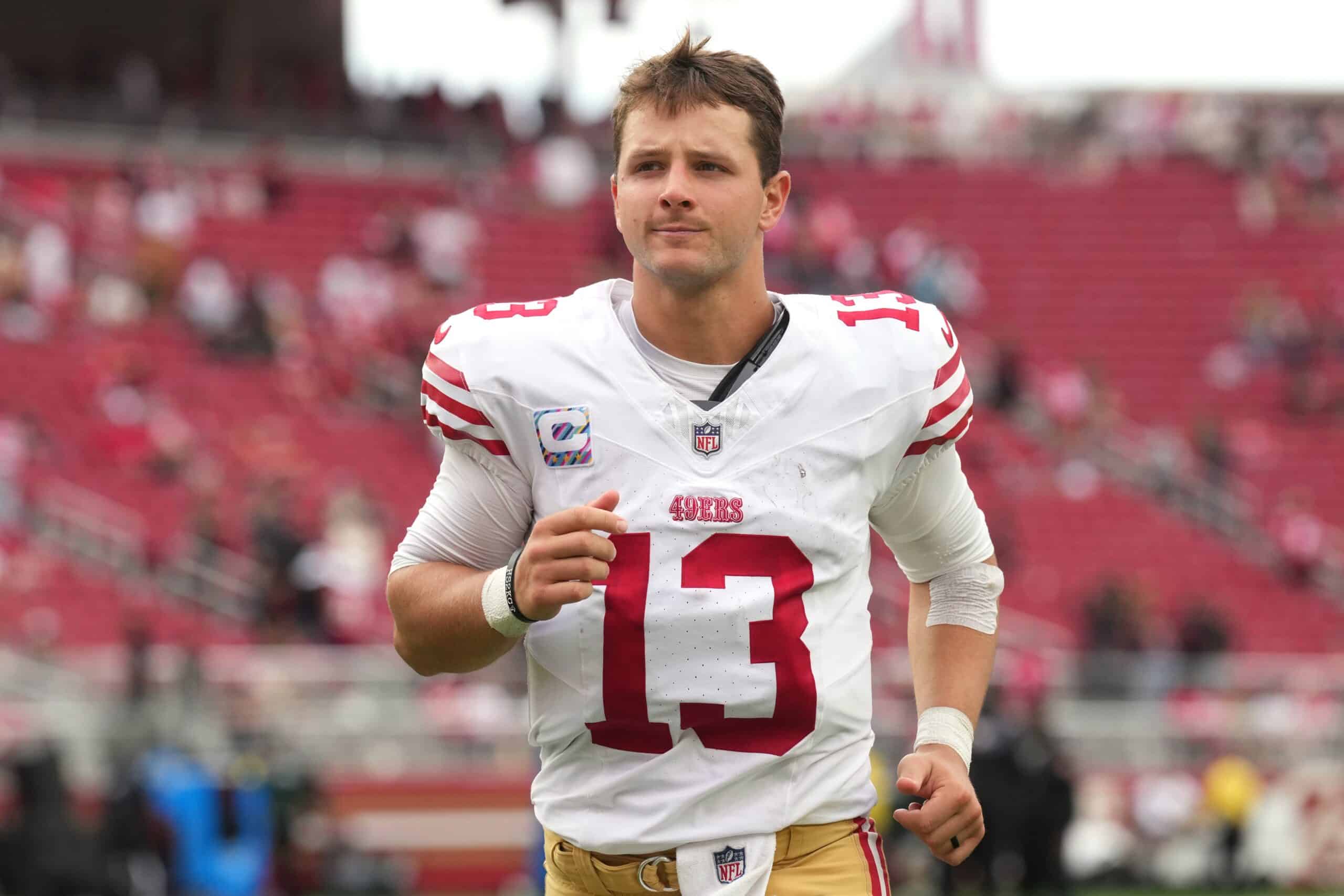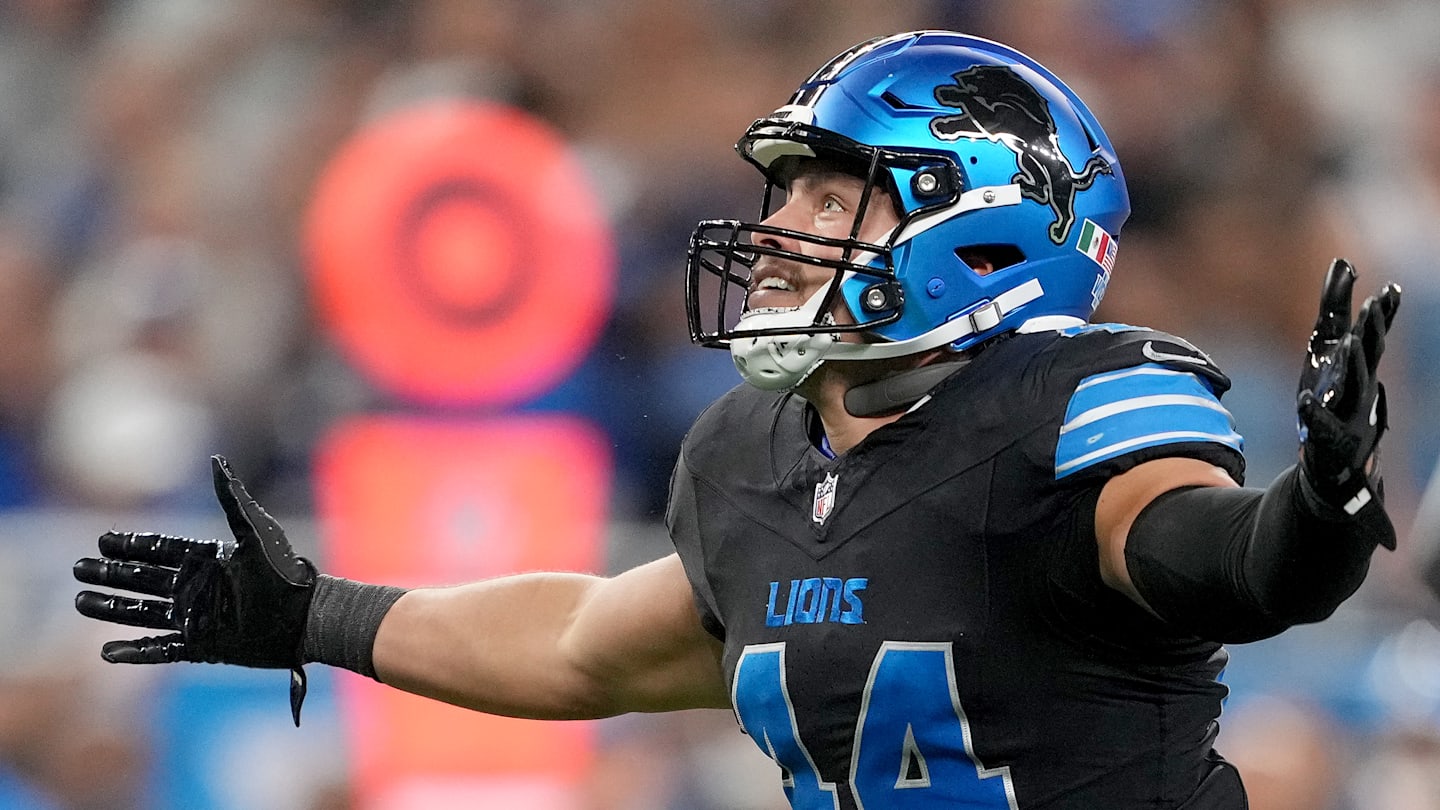Three big questions as Celtics look for their first win in Detroit
1. How does Boston respond after an 0-2 start?
Two games into the season, the Celtics are still looking for their first win. Granted, their two opponents — Philadelphia and New York — have high postseason ambitions, but that’s beside the point. Against the 76ers, Boston blew a 13-point fourth-quarter lead. On Friday night against the Knicks, New York jumped out to a 20-point halftime advantage and held on despite a late Celtics rally.
Now Boston travels to Detroit to take on the 1-1 Pistons, who defeated the Houston Rockets on Friday night and this game already feels like a must-win.
It was always going to be an adjustment for the Celtics to find a new identity without Jayson Tatum, Al Horford, Jrue Holiday and Kristaps Porziņģis, but they need to find ways to grind out wins while still figuring out who they are.
This matchup is a perfect test against another young team with playoff aspirations — and one with enough firepower to punish Boston if the Celtics aren’t fully locked in.
2. Hugo time?
The rookie didn’t play in the home opener against the 76ers. However, Hugo González logged 23 minutes against the Knicks and looked the part — especially on the defensive end. González even got a shoutout from Amazon Prime’s Stan Van Gundy during the broadcast.
“I’ve got a man crush on Hugo González,” Van Gundy said.
It was easy to see why. González made plays that brought back memories of Marcus Smart — the kind of hustle plays that don’t show up on the box score. He has a long way to go before reaching Smart’s level, but in his 23 minutes of action, he didn’t disappoint.
Standing 6-foot-6 with a 6-foot-11 wingspan, González has the potential to become a lockdown defender. He guarded both guards and bigs, even stripping the ball from former Celtic Guerschon Yabusele in the second half.
If head coach Joe Mazzulla wants players competing at 100 percent, González nailed his audition. And with a tough, physical guard up next in Cade Cunningham, it wouldn’t be surprising to see Mazzulla test his rookie with that assignment.
3. Who will win the White vs. Cunningham dual?
One of the best individual matchups in last year’s meetings between the Celtics and Pistons came between Cade Cunningham and Derrick White.
In Detroit, White denied Cunningham at the rim twice — including a game-saving block late in the fourth quarter.
Cunningham got one back earlier in the game with a first-half poster dunk over White.
After the game White spoke about the block and being dunked on:
“He dunked on me earlier in the game, so I felt like I had to get some revenge on that one,” White said.
When the two teams met again in Boston, Cunningham once again rose up and dunked over White.
This duel remains a key storyline. Cunningham is Detroit’s best player, while White is Boston’s second-best player and top defender. If White can limit Cunningham — which is easier said than done — Boston will have a strong chance to grab its first win of the season on the road.
Cubs Face Crucial Decision On Shota Imanaga’s Contract — Breaking Down The Options
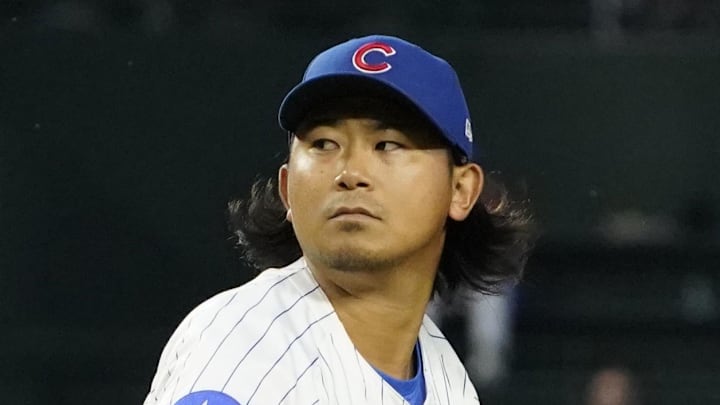
When the Chicago Cubs signed Shota Imanaga, the top line of the deal was four years and $53 million. But the deal is about as creative as one could imagine.

No, it’s not Shohei Ohtani creative. But this offseason does represent a real fork in the road for Imanaga and the Cubs, a franchise the former Japanese star wanted to play for so much that he stealthily slipped into Chicago before Cubs Con in 2023 to get a feel for the city before he signed the deal.
Now? He could end up being a rich man or a free agent. It isn’t just about the money. It’s about Imanaga’s future and whether he’s a fit for the Cubs for what could be the next three years. Chicago won’t have much time to make that decision after the World Series, either.
Shota Imanaga’s Contract Paths
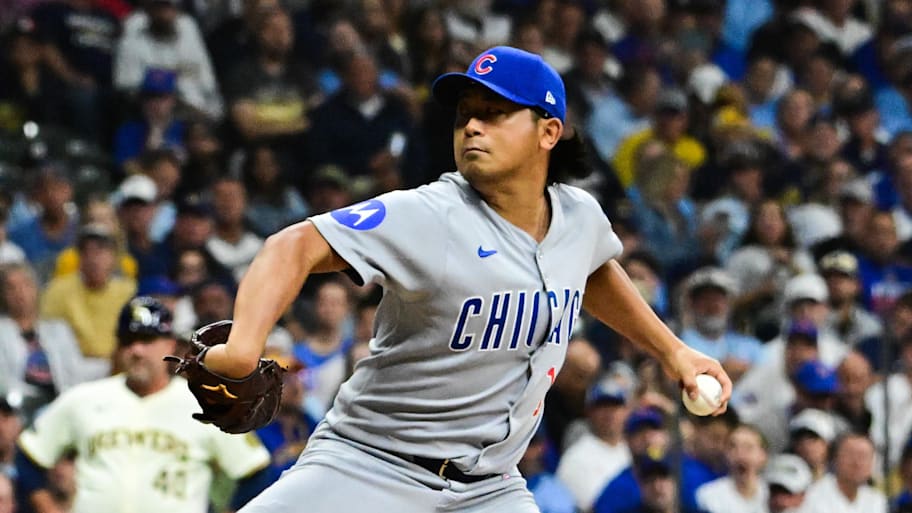
Benny Sieu-Imagn Images
As presented by Jordan Bastian at MLB.com, the easiest thing the Cubs could do would be to trigger a club option to keep the left-hander. But it isn’t an ordinary option. Most contract options are year-to-year. This option, as written into the deal, is a three-year option. If Chicago triggers it, then it’s tied to Imanaga for three more seasons at a cost of $57.75 million.
That means the Cubs are comfortable with tying themselves to the 32-year-old for three more years. On paper, that works. He is 24-11 with a 3.28 ERA in 54 starts since he joined Chicago in 2023. But he’s spent time on the injured list both seasons, and he’ll be 35 at the end of the deal. The Cubs may not be comfortable with the money and his age.
If the Cubs aren’t comfortable, perhaps Imanaga is? By declining the option, the Cubs then put the lefty’s future in his hands. He would then have a one-year option that is worth $15.25 million. If Imanaga wants to stay at that cost, he can do so.
But it also triggers a different option for the Cubs. After the 2026 season, the three-year option would become a two-year option for Chicago, and the process would repeat.
That might be a good middle ground for the Cubs. But Imanaga may feel he’s worth more on the open market. Plus, by entering the market he would compete with San Diego’s Michael King, Houston’s Framber Valdez and San Diego’s Dylan Cease for the top free agent starting pitcher on the market.
The final option is both sides declining the option. In that case, the Cubs do have one final arrow in the quiver — the qualifying offer. Teams are allowed to make a qualifying offer to impending free agents. This year the QO is an estimated $22 million. Imanaga can take the money or turn it down. But, if another team signs Imanaga, then Chicago gets draft pick compensation.
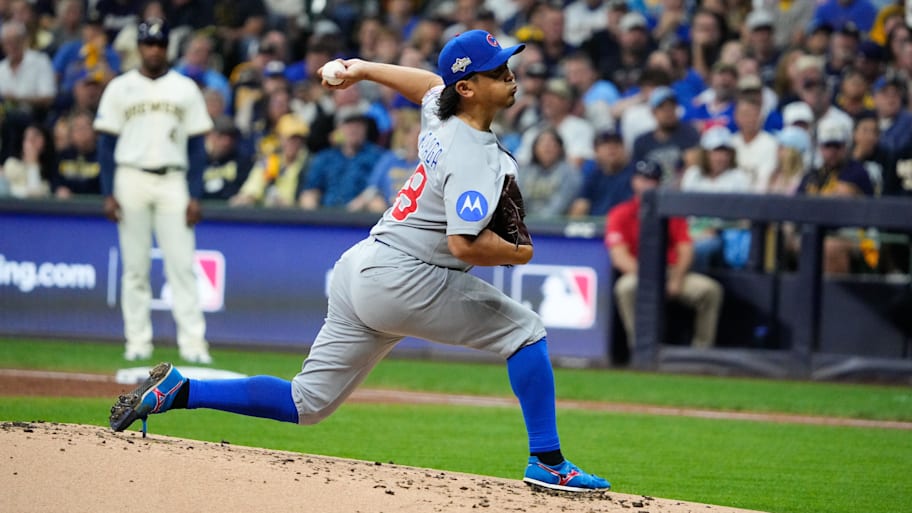
Right now, Chicago has Matthew Boyd, Jameson Taillon, Cade Horton and Javier Assad under contract. That is four-fifths of a starting rotation. Imanaga would complete it before the Cubs even hit free agency.
But that’s the question. Do the Cubs want Imanaga? Does Imanaga want the Cubs if they don’t trigger the option? Soon, the Cubs will have to figure that out.
